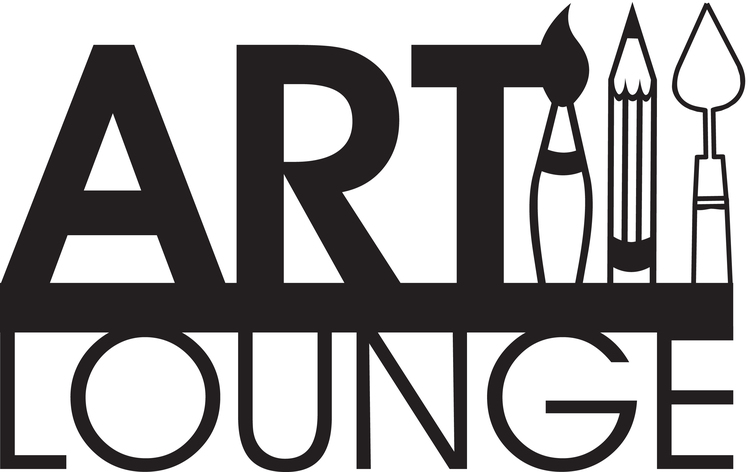Gouache or opaque watercolor, is one type of watermedia, paint consisting of natural pigment, water, a binding agent (usually gum arabic or dextrin), and sometimes additional inert material. Gouache is designed to be opaque and used most consistently by commercial artists for posters, illustrations, comics, and other design work.
Most 20th-century animations used it to create an opaque color on a cel with watercolor paint used for the backgrounds. Using gouache as "poster paint" is desirable for its speed as the paint layer dries completely by the relatively quick evaporation of the water. A form of gouache, with honey or tragacanth gum as binder, is used in Ancient Egyptian painting. It is also used in European illuminated manuscripts, as well as Persian miniatures.
Winsor and Newton Designer Gouache
They are opaque water colors, popular among designers, illustrators and commercial artists to create vibrant illustrations in solid color.
The term gouache, derived from the Italian guazzo, also refers to paintings using this opaque method. "Guazzo", Italian for "mud", was originally a term applied to the early 16th-century practice of applying oil paint over a tempera base, which could give a matted effect. In the 18th century in France, the term gouache was applied to opaque watermedia.
During the eighteenth century gouache was often used in a mixed technique, for adding fine details in pastel paintings. Gouache was typically made by mixing watercolours based on gum arabic with an opaque white pigment.
Mijello Mission Designer Gouache
They are are brilliant, opaque, highly pigmented, intensely contrast watercolors that offers exceptional color clarity and brightness.
In the nineteenth century, watercolours began to be industrially produced in tubes and a "Chinese white" tube was added to boxes for this purpose. Gouache tends to be used in conjunction with watercolor, and often ink or pencil, in 19th-century paintings. Later that century, for decorative uses "poster paint" (as it is known in the U.S.), was mass-produced, based on the much cheaper dextrin binder.
It was sold in cans or as a powder to be mixed with water. The dextrin replaced older paint types based on hide glue or size. During the twentieth century, gouache began to be specially manufactured in tubes for more refined artistic purposes. Initially, gum arabic was used as a binder but soon cheaper brands were based on dextrin, as is most paint for children.
Acrylic Gouache
A relatively new variation in the formula of the paint is acrylic gouache. Its highly concentrated pigment is similar to traditional gouache, but it is mixed with an acrylic-based binder, unlike traditional gouache, which is mixed with gum arabic. It is water-soluble when wet and dries to a matte, opaque and water-resistant surface when dry. Acrylic gouache differs from acrylic paint because it contains additives to ensure the matte finish.
Mijello Mission Gouache
Set of 34 colors
WN Designer Gouache Set
Available in Set of 6 and 10 colors.






